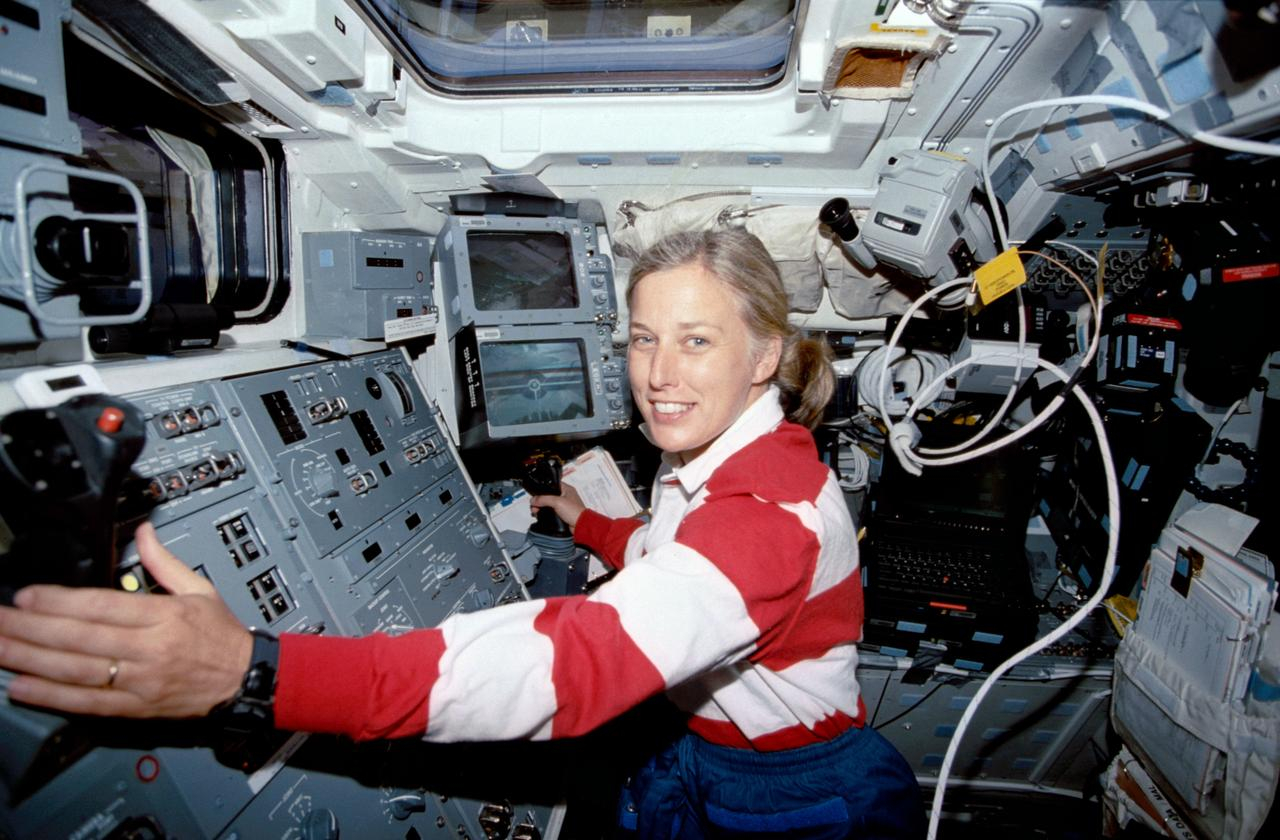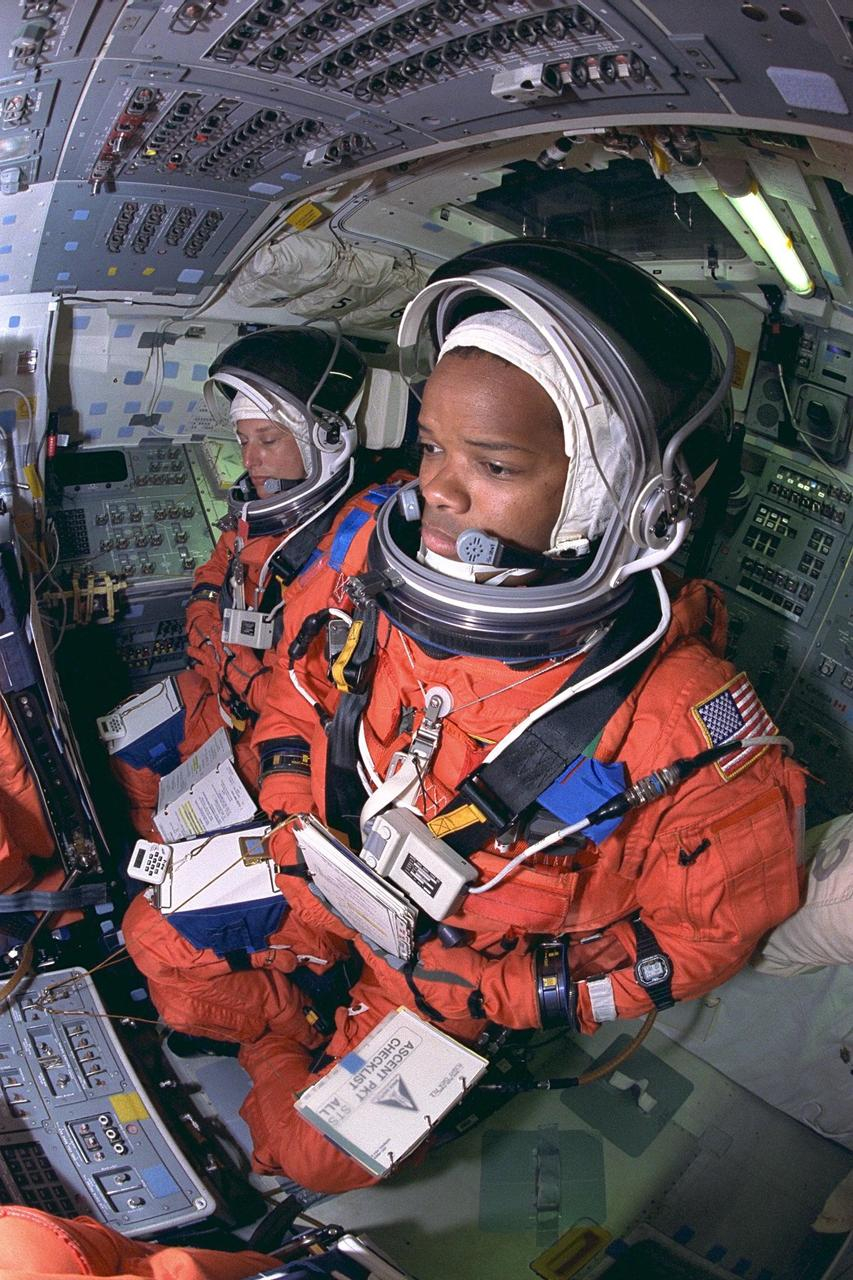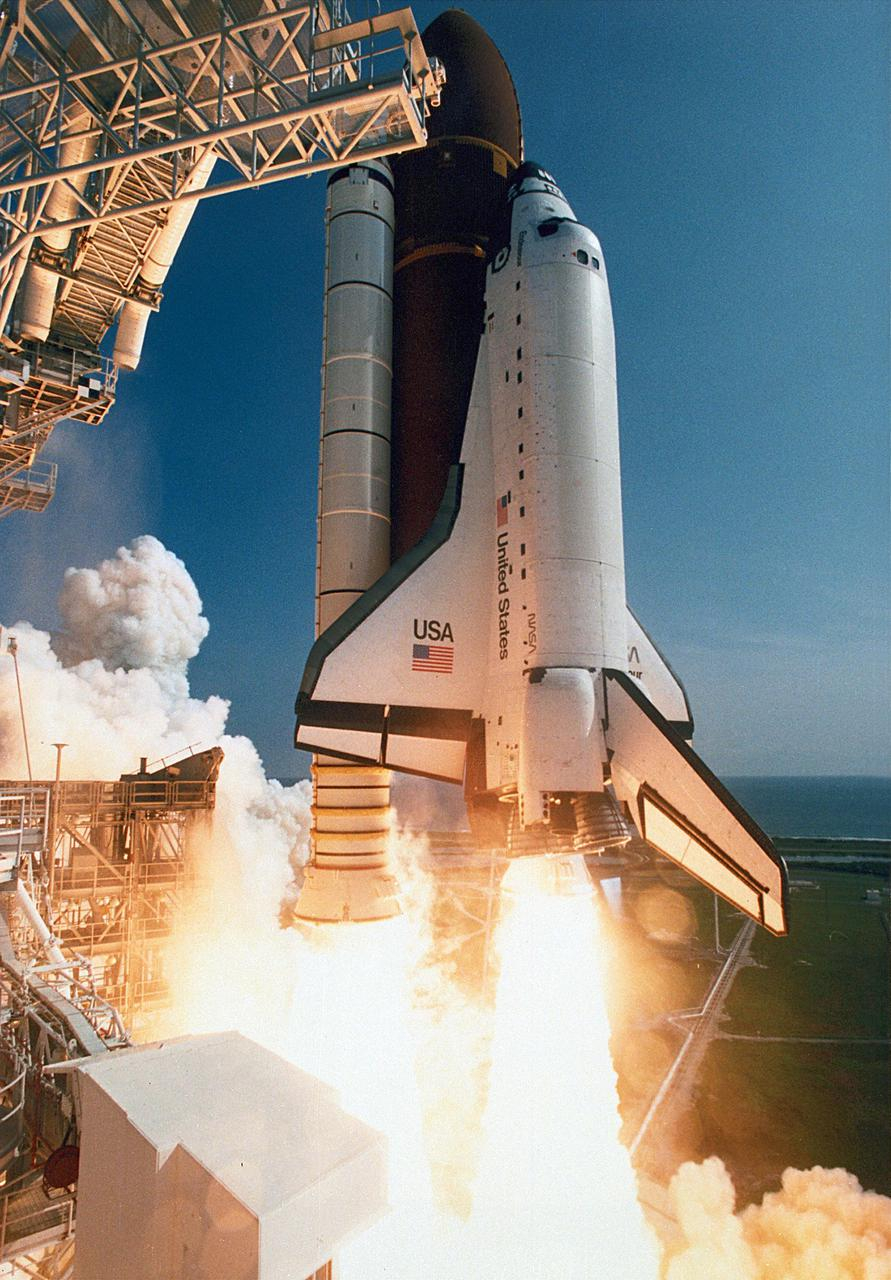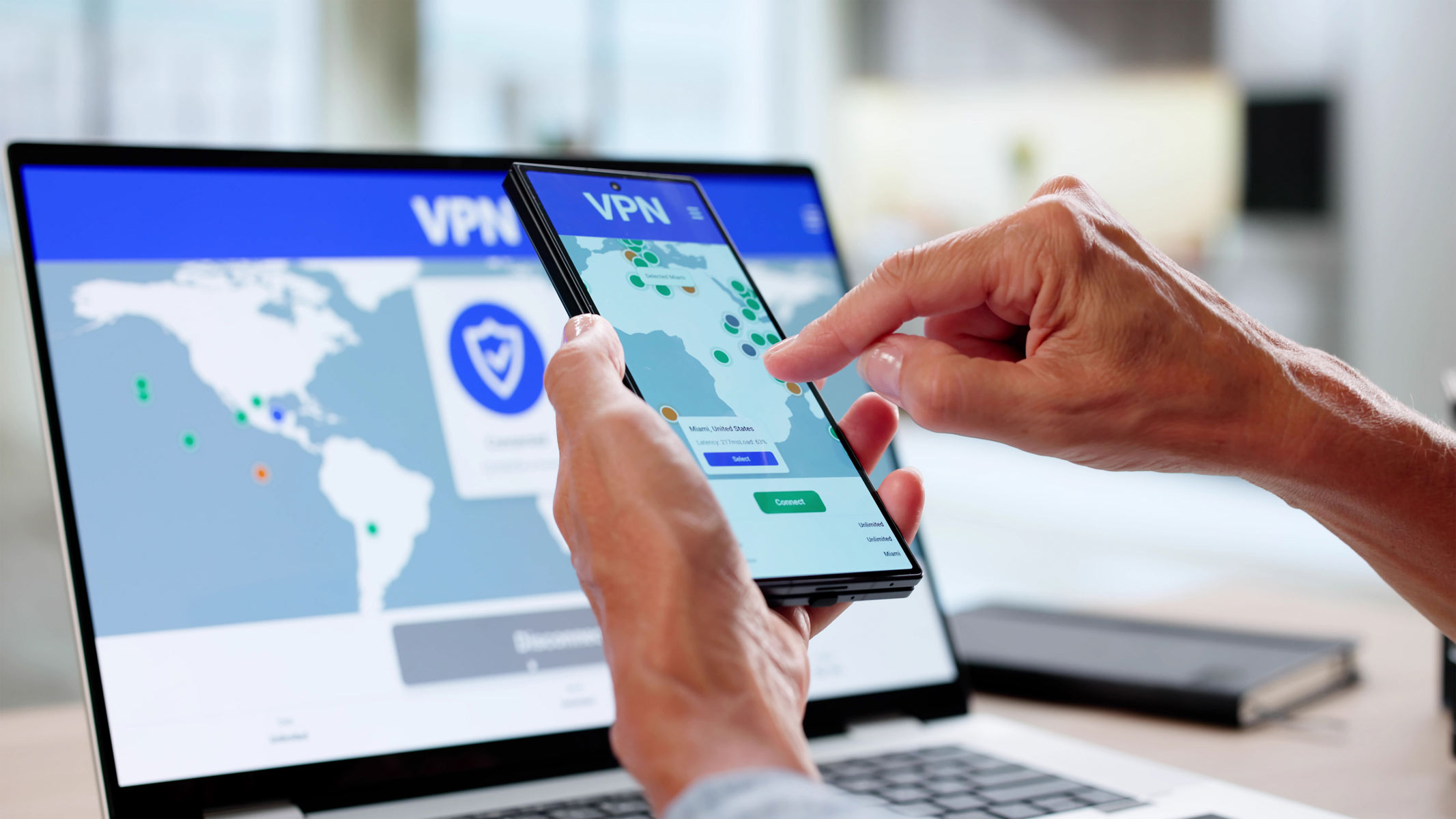NASA astronaut Jan Davis recounts career, father's POW experience in new book
'Air Born' highlights the similarities between crews in an airplane and those on a space shuttle.
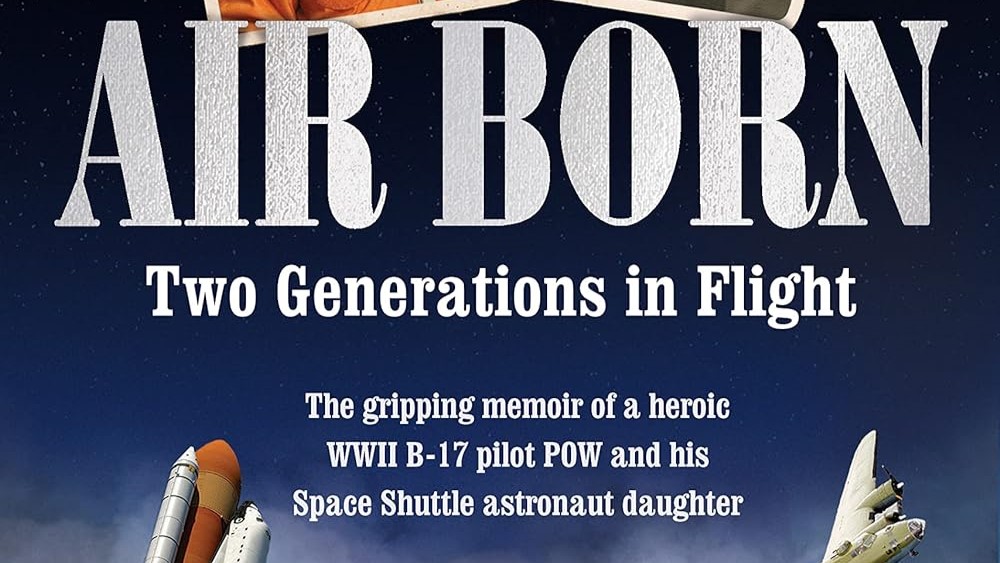
Jan Davis grew up in a rocket town, and she became an astronaut who flew on rockets.
The retired NASA astronaut cites her father, Benjamin Smotherman, as a large influence, and shares both of their stories in a new book: "Air Born: Two Generations in Flight" (Ballast Books, 2023). It details her father's military service across several chapters before diving into Davis' own life.
Davis is a veteran of three space shuttle missions: 1992's STS-47 (a Spacelab science mission between the United States and Japan, which also flew the first Black woman astronaut, Mae Jemison), 1994's STS-60 (which flew a Russian cosmonaut for the first time) and 1997's STS-85 (a science-heavy mission that included robotic arm operations.)
She spoke with Space.com about her family, her book and how being a resident of Huntsville, Alabama during the early years of the U.S. space program influenced her life as an astronaut.
Related: NASA's youngest shuttle: The historic endeavors of space shuttle Endeavour
Space.com: I wanted to begin with your dad, because you wrote a moving account at the beginning about your father's service in the Second World War and being a prisoner of war (POW) for 22 months. Can you talk about how his perspective on life changed after those experiences?
Jan Davis: The only time he talked about being a POW was when we were going through his journal, and he was showing me the paintings and the drawings that he did. But as far as how it affected his life, I think — and he said this in some of the letters that he wrote home — he appreciated more of the little things like grass, and food. For the rest of his life, he treasured white bread. It was like cake. But in terms of his outlook, he was a very positive person, a very kind and loving person, and I think he appreciated people and his family. He did make friends in the prison camp, but that was really a means of survival, to have that camaraderie.
I didn't grow up with him, but I asked my sister about how it affected him. She said he never got mad. Obviously he's motivated and a hard worker, but he knows how to deal with his emotions and he has had lots of outlets for stress or tension. He did a lot of models: aircraft models, stagecoach models, did a lot of research on the West. He was drawing all these maps and writing about that. It's interesting, because I think that helps me, too. I do different kinds of art. I do textile arts, quilting and sewing and embroidery, things like that. When I was an astronaut corps, that's when I started quilting.
But I don't know how it affected him in his relationships with people; I don't know why he and my mother divorced. I don't know why he and his second wife divorced. So I don't know if he did have some flashes of the war, or anything that affected him in his relationships. But from what my sister said, he was very positive, and very slow to anger.
Space.com: I can appreciate that. And let's also talk about your mother, and the rest of his family as well. Do you mind talking about their experiences while he was serving?
Davis: My mother did talk about it. She was married when she was 17 years old, and then they married the day before Pearl Harbor. So that was December 1941. And then he enlisted and was gone all the time, so that was difficult for their marriage, and then he went off to war as a POW for almost two years.
My mother is also a very hard worker. She believes in education and living life to the fullest. So from talking with her, while he was gone, she continued her education. She developed a lot of skills. When I was growing up, she could do so many things. So many different sports and so many different crafts. She's a lifelong learner, as I am, and I think she used that time to develop those skills and develop the experience as an athlete, doing different things. That's how she dealt with it.
But my mother is the most positive person I think I've ever met. She's very encouraging, very optimistic. She always looks at the bright things in her life, like in Bible verses Philippians 4:1 through 4:8. That's the way she always was. I think probably, from those few letters and also from things she said, I think she was very encouraging to him. Not to look at things with a Debbie Downer type of attitude. So I think that helped him.
As far as the rest of the family, I don't really know them that well, but he had a very supportive family. That's why he moved back to Texas, so that his family could help him raise his three children after his divorce. He was a big family man. That encouragement and support from my mother and his family was so important for not only his physical survival, but his emotional survival through all that trauma that he went through.
Related: How out-of-this-world STEM education is transforming schools
Space.com: Absolutely. Then another early influence for you was your time in Huntsville, Alabama, when you were growing up as the space program was really starting. Can you talk a little bit, as you were in the book, about how that influenced your interest in science, space and related fields?
Davis: My stepfather and mother left Florida when I was about 10 years old. I moved to Nashville. I talked about in the book how my stepfather was a psychologist, and he had a friend who opened up a practice here in Huntsville. So we all moved to Huntsville. My parents wanted to get out of this little town where we lived in Florida for more opportunity for me, and for them as well. And so we moved here in 1963.
As you know, we started flying in space in 1961. And we just had the challenge from President Kennedy to go to the moon before the end of the decade, before the end of the 1960s. Huntsville was one of those places that was booming. I mean, we couldn't even find a house. It was growing so fast, and it was so exciting to be there at that time. They were testing the engines, and the whole town would shake and vibrate, and break windows. It was like, "Wow, we're going to the moon!" Also going to school with the German teams' kids, and other engineers' kids, greatly influenced me and my interest in the space program. It was all around me.
Liking math and science drew me to engineering. I never dreamed I would work in the space program, but the people supporting the space program had a big influence on my career selection, and I had great teachers. And of course, we had lots of talks about people in the space program: things that they were using, their models and how things worked. So it was a great place to grow up, especially as it relates to the space program.
Related: Astronaut Sally Ride brought women and the LGBTQ+ community to the final frontier 40 years ago
Breaking space news, the latest updates on rocket launches, skywatching events and more!
Space.com: Can you talk about your ramp-up to join NASA as an astronaut? You joined them before that, of course, but there's this long period of time where the Thirty-Five New Guys NASA astronaut class was announced (with the first women and people of color), and you were applying, and you were learning different things through different applications.
Davis: I was fortunate enough to be hired (at NASA) as an engineer in 1979, before the space shuttle flew in '81. They were trying to ramp up people to work on not only the shuttle, but also things that flew on the shuttle, which is why I worked on the Hubble Space Telescope, which was amazing.
They had just selected the first group of astronauts to fly in the space shuttle in 1978: 35 astronauts, of which there were six women. So for the first time, the astronauts were not only military test pilots, but also engineers, doctors, scientists. People who would work on the space shuttle as mission specialists. That opened everyone's eyes as to the opportunities to become an astronaut. Before that time, the military test pilots were all male. Now we had an opportunity for women, and other civilians, and other professional disciplines.
I didn't really think about it (being an astronaut) at that point, when I started working for NASA, but then when the next class was selected in 1980 it had two women. Someone said to me, "Why don't you think about that?" And to me, it seemed really far-fetched. I'm like, "Wow, me. How's that going to happen?" But I looked into it. It turns out about that time I was already in graduate school. My background was what they were looking for, and I knew that I needed to keep going to school to get my graduate degrees.
I also had the opportunity to swim with astronauts in the Neutral Buoyancy Space Simulator (a large pool for practicing spacewalks) here in Huntsville, at Marshall Space Flight Center. They were training astronauts on Hubble there. Since I was working on the Hubble, I was allowed to swim as a diver with those astronauts who are doing their extravehicular activity (EVA, or spacewalk) training. I asked them what else can I do to improve my chances, and basically, I was doing things that they recommended: take flying lessons, and keep going to school, and keep working your best at your job
NASA had this fantastic program — really the government, not just NASA — where they would pay you to go to school. So they not only paid your tuition, but they paid your salary for a year of full-time study, which for me turned out to be a year and a half. That's how I was able to get my PhD. When I got the call to be interviewed the first time [that I applied as an astronaut], that was a real motivator. They had 5,000 applicants and they only interviewed 128. So, being one of those 128, I was like, "Wow, maybe this is possible. Maybe there's a chance I can do this."
I wasn't selected that year, in 1984, but it made me buckle down and finish that PhD, and then do other things I thought might help even more. In the meantime, in 1986, of course, the Challenger [space shuttle disaster that killed seven astronauts] happened. It put a halt to everything, including my hopes of being an astronaut. I thought that wasn't going to happen, because the solid rocket boosters that caused the accident were managed by Marshall Space Flight Center. I didn't think there was any chance that anyone at Marshall would ever be selected.
But I was put in charge of a part of the redesign: not the O-ring part, but a different part of the boosters, for return to flight. I concentrated on that, thinking that I didn't have a chance of being selected, so I might as well focus on that [my job]. That's what I did. But then I got the call in 1987 to be interviewed, and that's the year I was selected.
Related: The lessons learned from the fatal Challenger shuttle disaster echo at NASA 35 years on
Space.com: If we may, I'd like to first put aside your spaceflights — which we'll talk about in a minute — and to talk about all the ground duties that you were taking on over the years as an astronaut. Can you please tell me about those?
Davis: I really enjoyed the training aspect of being an astronaut, and the jobs we had. We heard from experts in the field, and went on field trips in geology. We went to a planetarium for astronomy training. We learned all about medical things and geography and meteorology and orbital mechanics. Plus, we were with our astronaut class and became very close, and were fine to go through all the simulator training, focusing on flying the T-38, all those things. It was a great time.
After that first year, we were eligible for having jobs in the astronaut office. My jobs were focused on what they called mission development at the time, things that were needed to complete a mission, whether it be robotic arm training, or EVA training, or working on crew displays and procedures before a crew was assigned, or integrating a payload, which is whatever flies on the shuttle. How you get all these experiments to work together and keep the scientists happy, and make it so the crew can do the science on orbit. I was involved in a lot of those things, and eventually became the branch chief for that.
I think I mentioned in the book that I felt like, as a mission specialist, there were a couple of areas where I could hone my skills. One was payload development, making sure that whatever we flew on the shuttle could be successful. But also the Canadian robot arm, the Canadarm, I felt like robotics was an area just like a flying skill. It's like developing flying ability. You need to work at it, to have the situational awareness and the capability to integrate all the information you have to make the right decision on how to operate the arm. I worked hard at that.
I have a small frame and short arms, and so I wasn't very good at EVA. You know, it would have been fun to do a spacewalk, and I was the EVA crew member for my first two flights in the event there was a contingency EVA, which we didn't have, but I was trained for all of that. But I didn't feel like I could get good at that, because of my physical limitations. So I concentrated on the robotics and the payload development. Both of those things were very satisfying. I flew the Canadarm on my second and third missions, and I flew a Japanese robotic arm on my third mission. I did do a lot of robotics, and enjoyed that. I felt like I contributed to the missions.
Related: Pioneering women in space: A gallery of astronaut firsts
Space.com: Then let's talk about the missions, please. I realize those would be a whole interview in itself, but what do you think people should take away from those adventures?
Davis: Looking at the Earth from space, it's phenomenal. Just magnificent views that you can see with your eyes, which cameras — whether video or still photography — can't capture. So that was my favorite thing to do. But that was not our job. We had very, very busy missions and lots of science and other things. I didn't get that much chance to look out the window, but when I did, I think my perspective on the Earth changed in a couple of ways.
The layer of that atmosphere is so thin. It's like the peel of an orange. So I saw and realized how fragile our atmosphere and our environment really is. You could see areas affected by people. You can also see where dust or smoke or something would travel from one continent, across the ocean, to another continent. So what happens in your local area, and what you do to the atmosphere affects somebody somewhere else on the Earth.
The second was similar, but relates to the people on the Earth. When you go around the Earth, in an hour and a half, you see these countries go by. You don't see borders or different countries. You see one place. We're all neighbors. We're all inhabitants of this Earth. Gosh, if people could see that perspective from space, maybe we wouldn't have wars or violence or people hurting each other. We need to take care of our home, but we also need to take care of each other.
Space.com: I agree with that. Was there anything else that you wanted to emphasize from the book, from your career, or anything else?
Davis: I wrote the book because I didn't have access to my father's POW logbook until my sister sent it to me, in April of 2020. I looked at what little I knew about his story and his career and I said, "Wow, I need to tell the story. I need to publish his beautiful paintings and tell his story." So I decided to write a book about him.
Initially, I wasn't going to write it about me, necessarily. But as I did more research into his flying career and his training as a pilot on the B-17 and then POW, I realized there were a lot of parallels between what he went through and what I went through. Both in our training, but also in our camaraderie, with people we flew with. How do we each deal with that? How do we prepare our families for that?
Writing and doing the research was a real discovery for me, personally, filling in the gaps of my life. I didn't know that much about him and for the rest of his family, they didn't know a lot of the things that I found out. It was a healing process. I feel like I came full circle from being born at Patrick Air Force Base, now Space Force Base, where he worked and where I was born. Then to launching, and then finally learning about his life. I'm learning about how his life intertwined with mine. That's why I wrote the book, and it generated a whole lot more for me personally than I ever would have realized.
This interview has been edited and condensed.

Elizabeth Howell (she/her), Ph.D., was a staff writer in the spaceflight channel between 2022 and 2024 specializing in Canadian space news. She was contributing writer for Space.com for 10 years from 2012 to 2024. Elizabeth's reporting includes multiple exclusives with the White House, leading world coverage about a lost-and-found space tomato on the International Space Station, witnessing five human spaceflight launches on two continents, flying parabolic, working inside a spacesuit, and participating in a simulated Mars mission. Her latest book, "Why Am I Taller?" (ECW Press, 2022) is co-written with astronaut Dave Williams.
